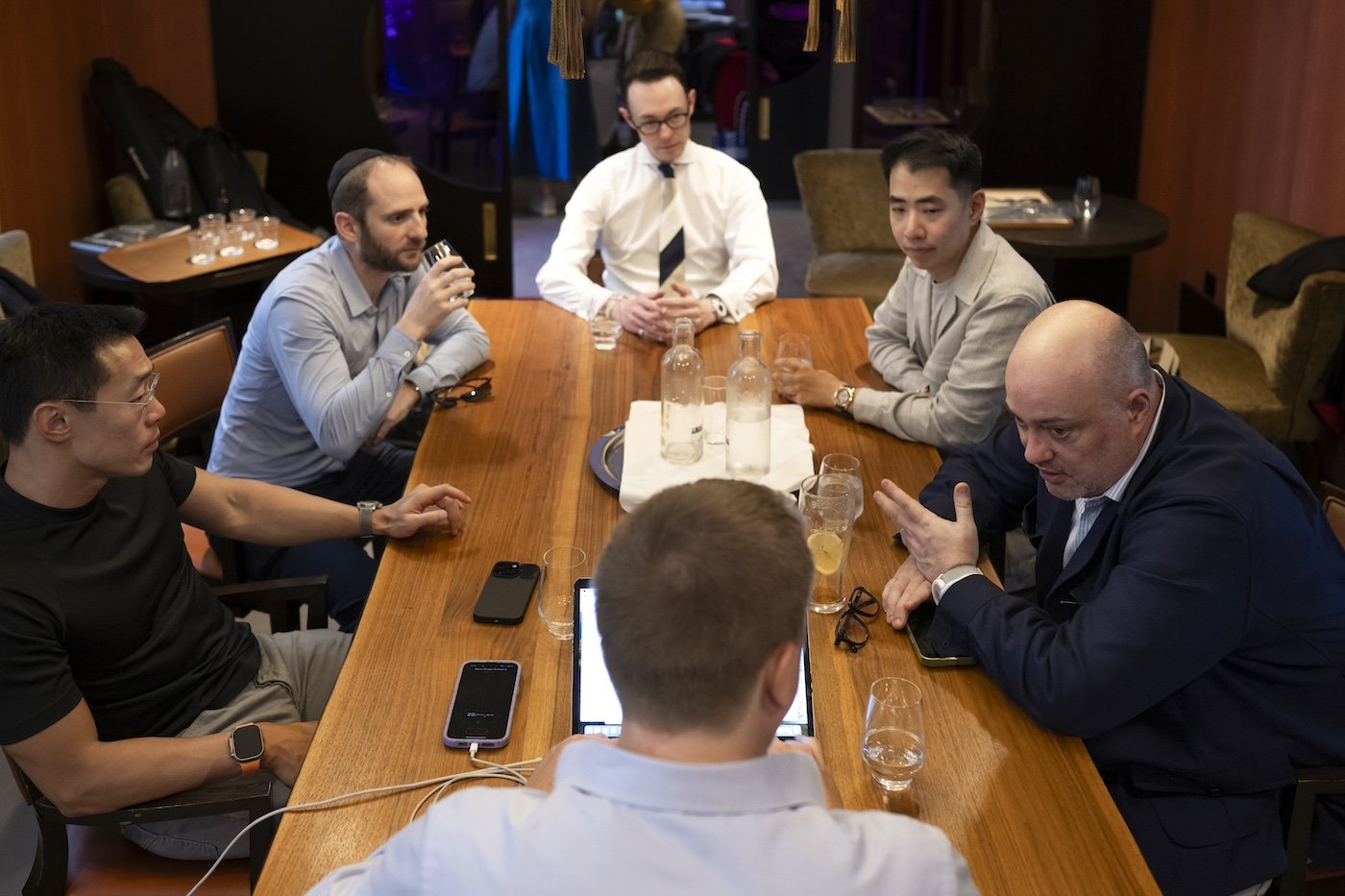t was in the convivial surroundings of the Eastwest hotel (an aptly named setting for a gathering of watchmakers from all points of the compass), a discreet establishment just steps from Lake Geneva, that Europa Star met with members of the Alternative Horological Alliance (AHA), who were exhibiting together at Geneva Watch Days.
Around the table sat five figures of independent watchmaking: Ming Thein (MING), Joshua Shapiro (J.N. Shapiro), Nicholas Bowman-Scargill (Fears), William Massena (Massena LAB) and James Kong (Fleming). Glasses clinked, laughter rang out, and from this warm atmosphere it was clear that these watchmakers shared more than a simple passion for timepieces.
Each of them has followed an unconventional path: a Malaysian photographer turned watch creator; a California-based teacher passionate about guilloché; the heir to a resurrected British house; a collector and a former banker turned entrepreneur... What unites them is the sense of having had to forge their way outside the well-trodden paths of traditional Swiss watchmaking.
It was precisely from this self-assumed outsider status that the AHA was set up in 2024. Initially founded by Ming, J.N. Shapiro and Fleming, it soon expanded with the arrival of Fears and Massena LAB. Far from being a holding company or a conglomerate, the AHA defines itself as a flexible platform for collaboration and mutual support. Its objective: to amplify the visibility of independents, pool certain resources, and demonstrate that success is possible by doing things differently, outside traditional circuits.
We asked them about the origins of this alliance, its concrete benefits, their shared challenges and their vision for the future of independent watchmaking.
Far from being a holding company or a conglomerate, the AHA defines itself as a flexible platform for collaboration and mutual support.
Europa Star: You are five very different brands from diverse backgrounds. What prompted you to create the AHA?
Ming Thein: First and foremost, friendship. We already knew each other well before imagining this alliance. The idea wasn’t to build an exclusive or closed structure, but to formalise a trust that already existed. We share expertise, know-how and passion. It felt more natural to work together than with unknown partners.
Joshua Shapiro: For me, the goal was simple: do things together. When a single brand exhibits, it attracts a certain audience. But five brands together create a dynamic that’s hard to match. Of course, it’s still an investment, but the pull and credibility are worth it.
Nicholas Bowman-Scargill: When I joined the AHA this year, my first question was: what can Fears bring? The intention wasn’t exclusivity, but complementarity. I immediately saw what the alliance could give us—shared experiences, advice on suppliers, mutual support. I also realised I could contribute on topics such as marketing and retailer relations.
James Kong: For Fleming, the youngest house in the alliance, joining the AHA was above all an opportunity to learn. I trained in watchmaking, but I also have a background in finance and the auction world. Being surrounded by experienced brands is a unique chance. It helps me avoid certain mistakes—and it’s inspiring.
William Massena: What convinced me was the sincerity. We all share the conviction that independence isn’t a zero-sum game. If one of us succeeds, it reflects well on the others. The AHA is a way to create a supportive environment where everyone can advance.
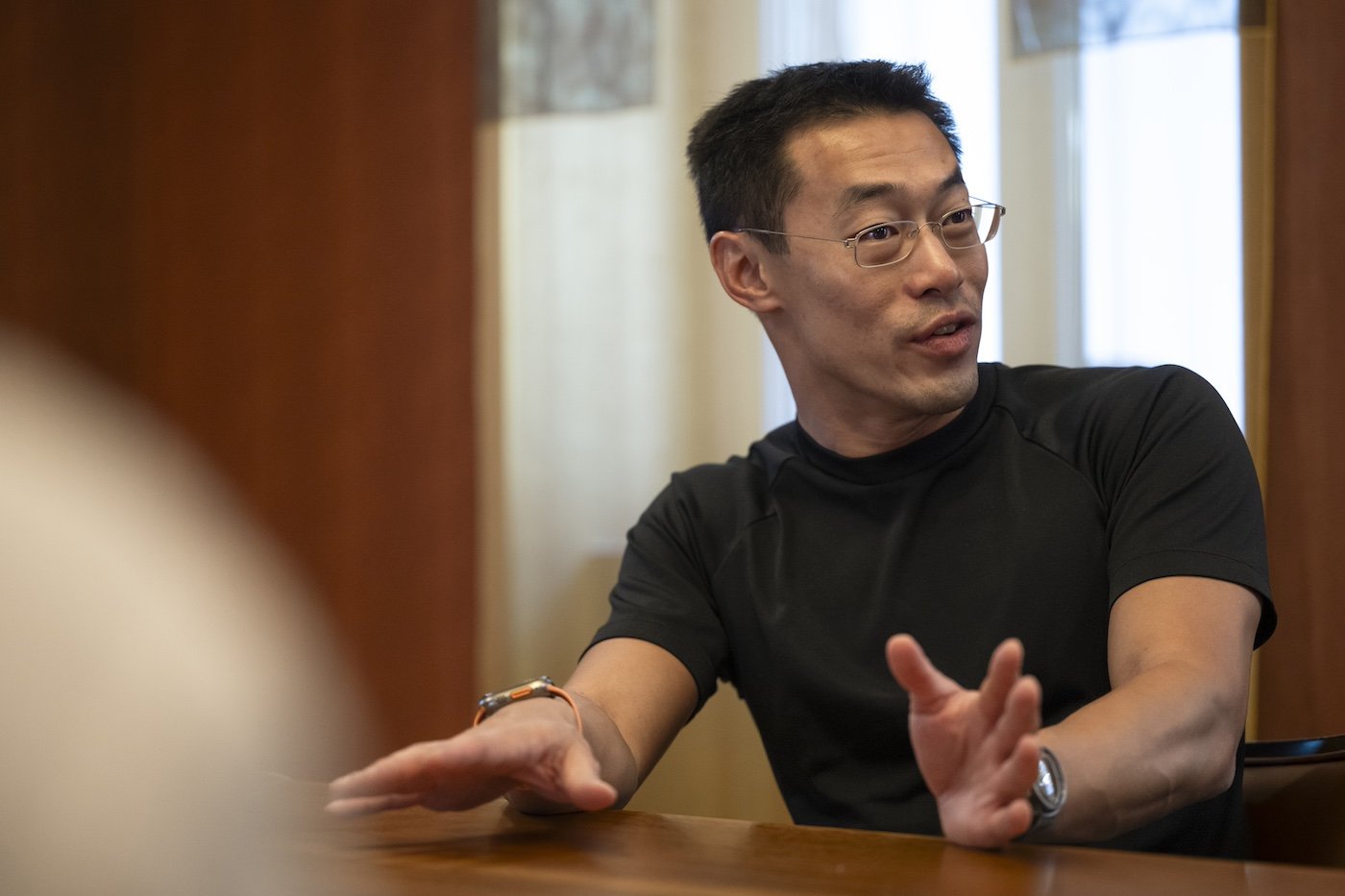
An alliance may sound appealing in theory but in practice, what tangible benefits do you get from the AHA?
Nicholas Bowman-Scargill: The first benefit is formalised trust. We were already exchanging, but now we know we belong to a circle where frankness prevails. If I ask Ming or William for their opinion on a retailer, I know I’ll get an honest answer. It helps us avoid costly mistakes. There are very concrete advantages: sharing contacts, suppliers, launch advice. And then there’s the intangible: knowing I can pick up the phone at midnight to discuss a problem with one of my colleagues.
Joshua Shapiro: I agree. For me, the AHA has already led to concrete projects, such as the tantalum bracelet designed with Ming and produced in my workshop. That kind of collaboration would have been impossible otherwise.
James Kong: For Fleming, the main benefit is learning. I can draw on their experiences—and their mistakes. It’s like having four permanent mentors.
Ming Thein: The AHA also helps us better coordinate our actions. We share our calendars to avoid all launching a novelty at the same time, which would dilute our visibility. This level of coordination is only possible with a high degree of trust.
William Massena: The alliance also provides psychological support. Being independent often means being alone with tough decisions. Here, we share our successes—but also our failures. And there’s a lot to learn from failure.
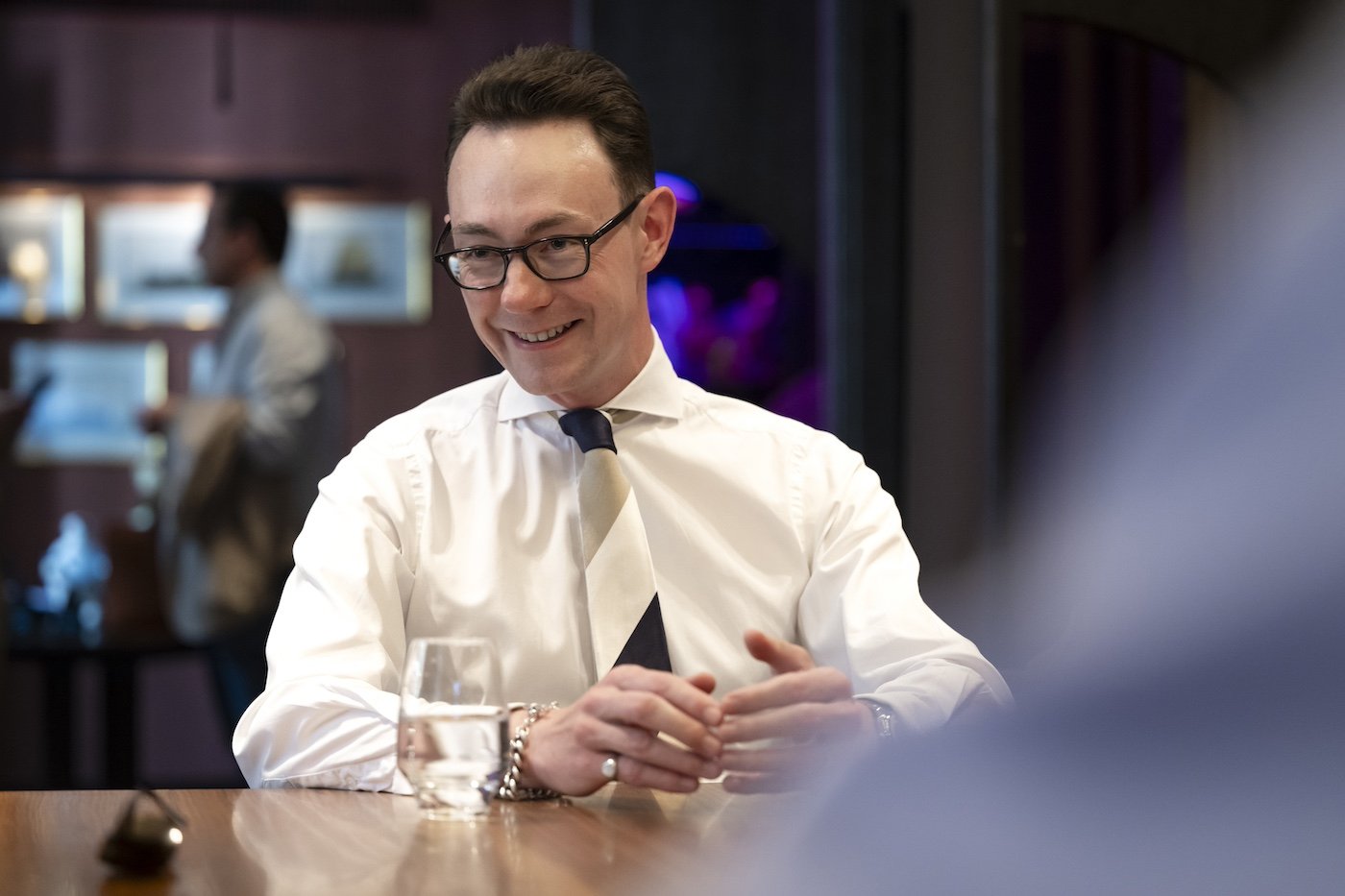
You readily describe yourselves as outsiders. How do you define that position within the watch world?
Ming Thein: None of us has followed the classic path of the big Swiss manufactures. I come from photography and I’m Malaysian. Joshua is based in California. William comes from the collector world. Nicholas revived a house that had been dormant for decades. James is just starting out. We all came in “through the side door”. That forces us to be inventive, but it also makes us free.
Nicholas Bowman-Scargill: Even though I come from a watchmaking family, I remain on the margins of the Swiss establishment. The watch world is driven by established networks. We had to build our own networks, often without support. Being an outsider is to be both vulnerable and independent.
William Massena: It’s also a philosophy. Being an outsider isn’t just about not being Swiss. It’s about rejecting certain closed or exclusive logics. It’s about believing in sharing and transparency.
James Kong: I’m probably the biggest outsider of all, because I’m just beginning! But I can learn from each of them and build a unique identity.
Joshua Shapiro: In the United States, being an outsider comes naturally: we aren’t part of the Swiss ecosystem. But it also attracts an audience that’s looking for something different, that wants to discover new stories.
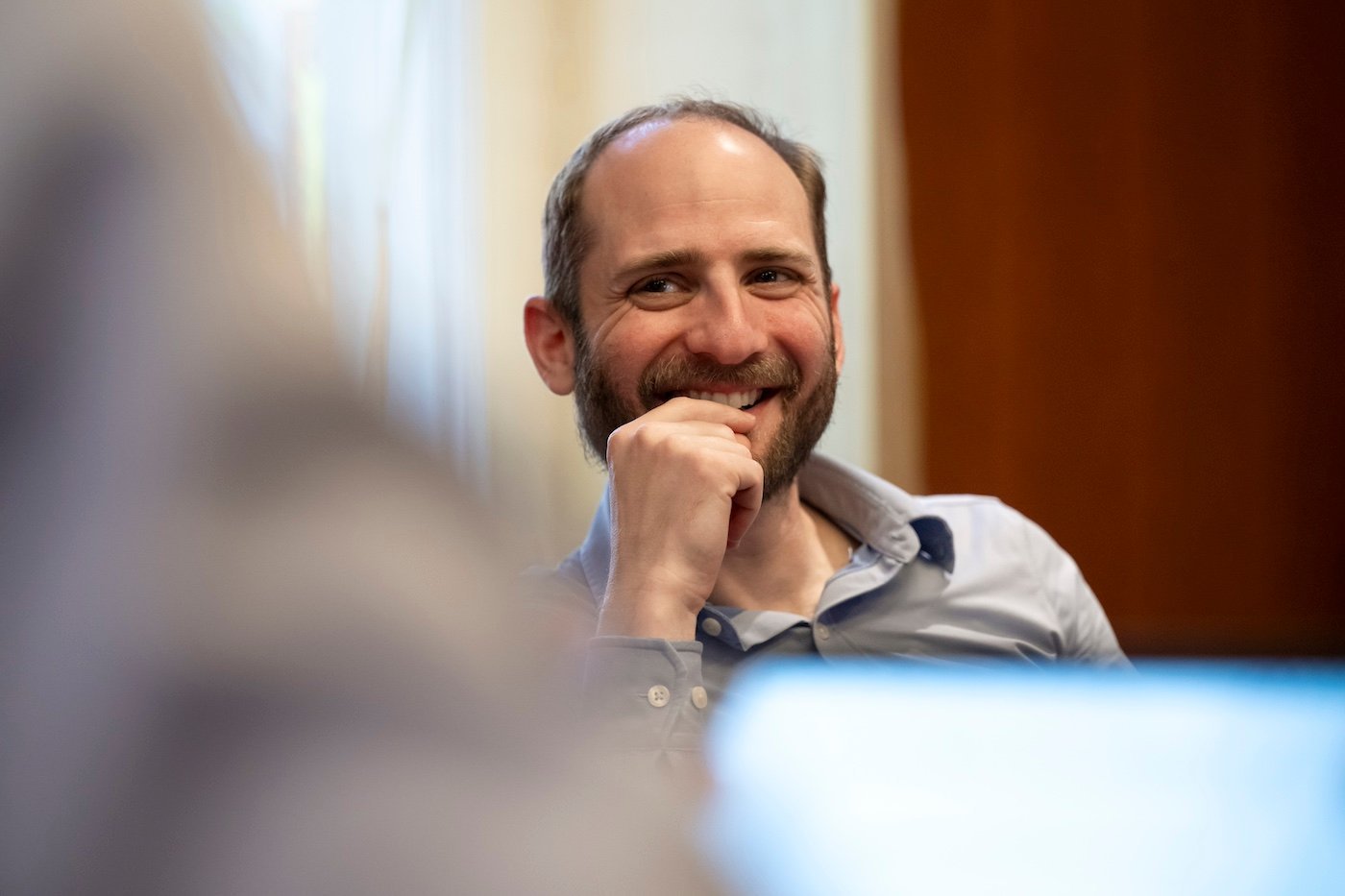
What are the hardest obstacles to overcome for independents like you today?
Joshua Shapiro: Production. Every delay by a supplier can be dramatic. When a dial or another component doesn’t arrive, the whole chain collapses. We don’t have the buffers that big houses do.
Nicholas Bowman-Scargill: Running a small house means accepting that every day brings its own problems: delays, logistics, customs… But since we’ve been exchanging, I see that we all face the same tests. That changes everything.
William Massena: The market is also a challenge. When we started, demand for independent watchmaking was at its peak. Today it remains high, but it’s slowing. Many new brands are still appearing, but not all will survive. This is the context in which the AHA makes sense: to weather the storms together!
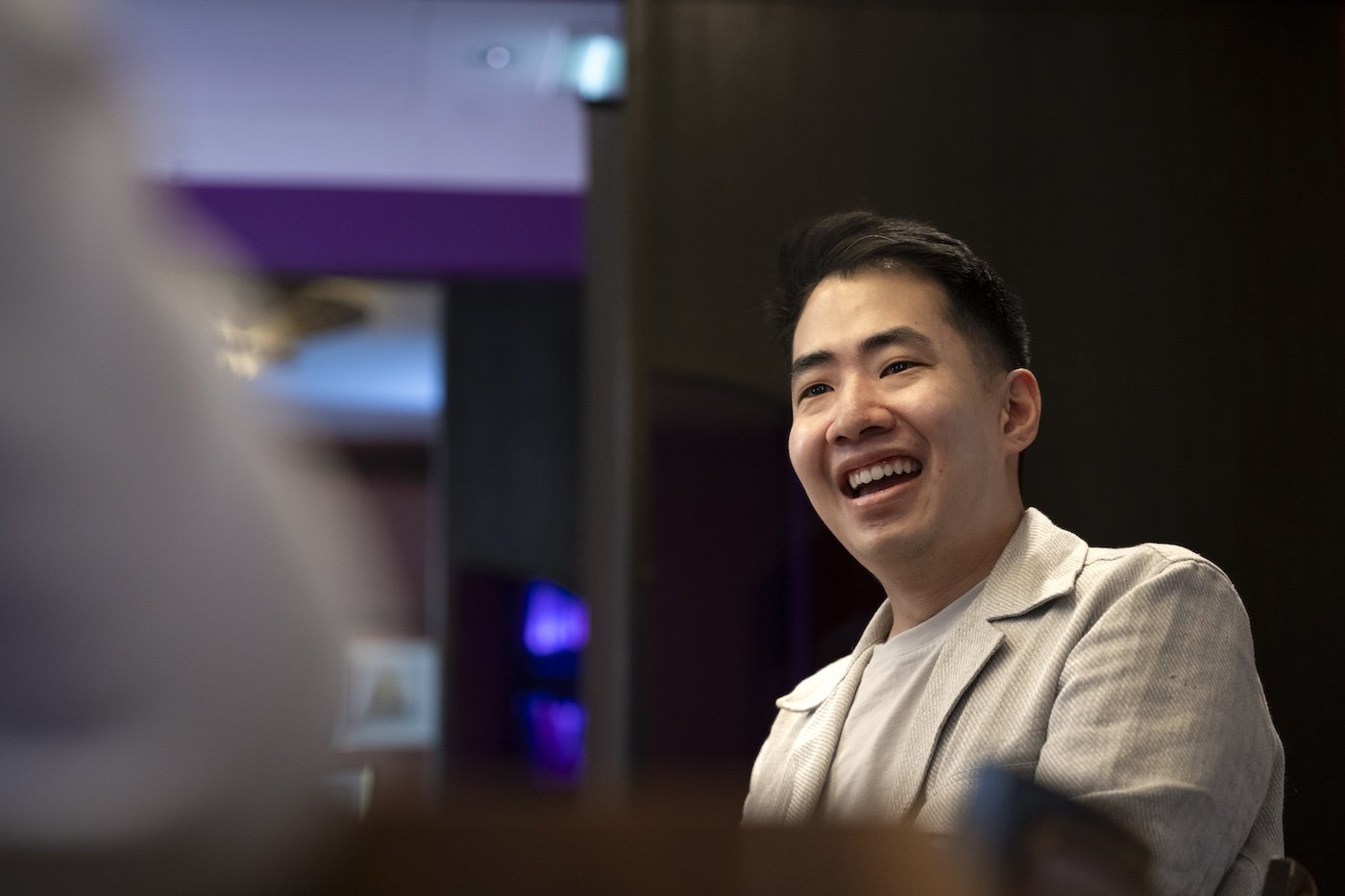
Practically speaking, how does the AHA operate on a daily basis?
Ming Thein: Coordinating launches is essential. We share our calendars to avoid adding unnecessary “noise”. It may sound simple, but it’s crucial.
Nicholas Bowman-Scargill: We also share very practical advice: which supplier is reliable, which retailer is worth it. Sometimes it’s tangible—a contact passed on. Sometimes it’s immaterial—a simple piece of advice.
Joshua Shapiro: We’ve also initiated technical collaborations, such as the tantalum bracelet. It’s not a mass product, but it’s a symbol of what we can do together.
James Kong: Events are another key area. In Singapore and Hong Kong, we organised joint presentations. The rooms were packed, the energy was incredible. It proves that our strengths add up.
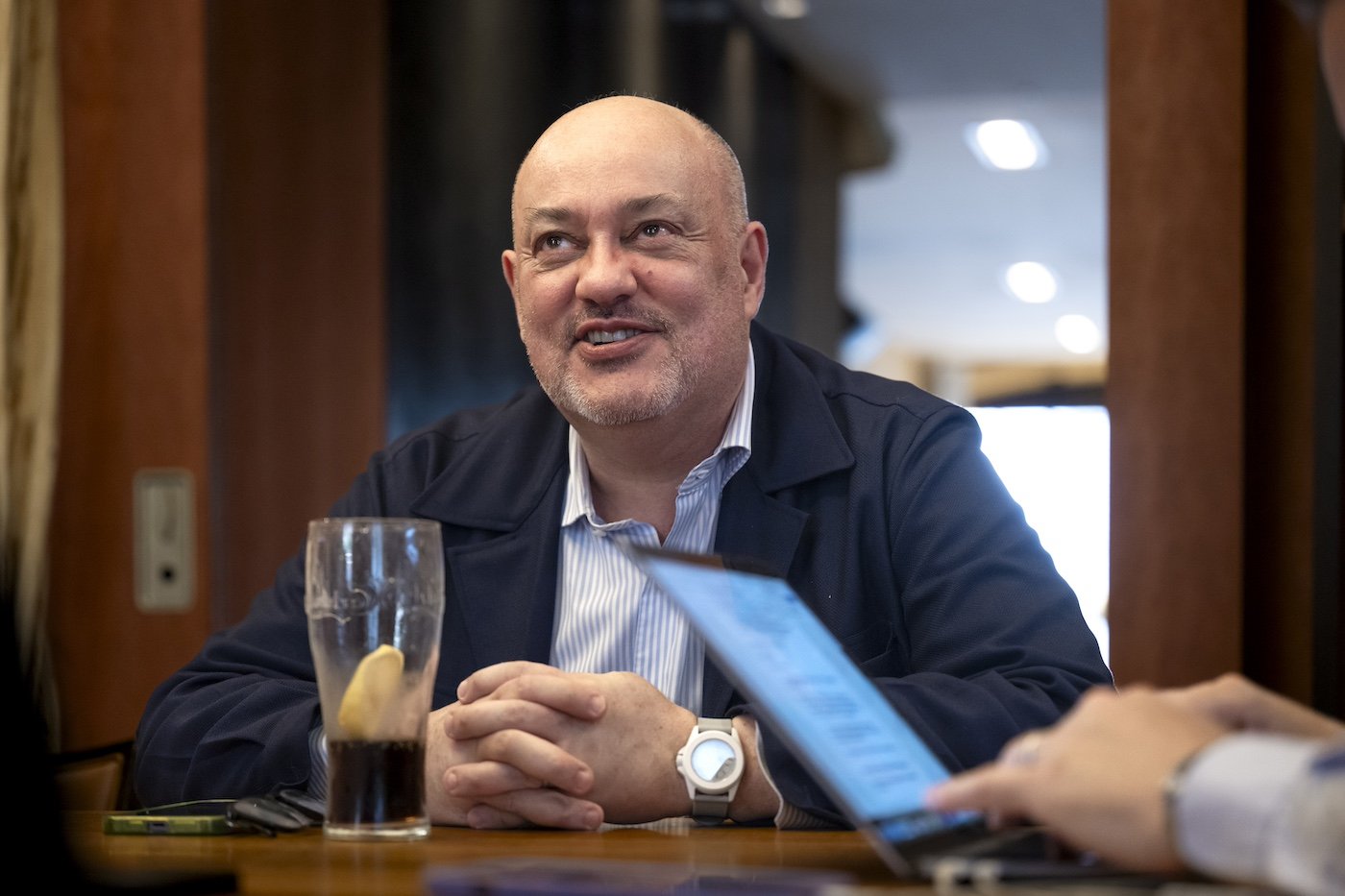
What are your ambitions for the future of this alliance?
Joshua Shapiro: I see the AHA as an evolving platform. We’re not looking to grow for growth’s sake. Every new member must be chosen carefully. The important thing is to preserve the spirit of trust.
Ming Thein: The future isn’t to become a group or a holding company. It’s to stay united while preserving our identities. The AHA should remain a brotherhood, not a heavy institution.
Nicholas Bowman-Scargill: I believe we represent another path in watchmaking—one based on mutual support and sincerity. As long as we remain true to that, the future of the AHA is assured.
